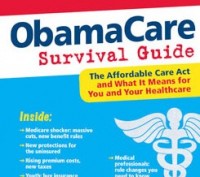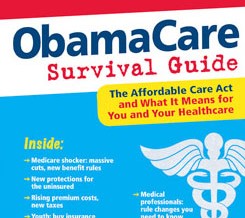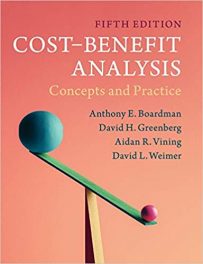 Author: Nick J. Tate
Author: Nick J. Tate
Publisher: Humanix Books
Book Review by: Paiso Jamakar
When the 2000-plus pages-long so-called “affordable” care act was passed there was widespread debate in Congress that this bill was anything but affordable. The contention by people opposed to it was true: that hundreds of billions of additional dollars to be spent by the United States federal government to provide care to uninsured people will make the national debt grow much bigger and faster than ever before in history.
But not only will health care cost increase for the government, it will also increase for employers, and over time, for employees as well, as cost will inevitably be spread around to ease everyone’s financial pain.
It was commonly acknowledged by the public that the number one problem with health care in theU.S.was its very high cost which continued to skyrocket. The insured could scarcely afford their premiums as they continued to rise without relief, and the uninsured were hoping to finally be able to buy truly affordable health insurance.
But ObamaCare plan did not solve this key problem. On the contrary it has exacerbated the unsustainable government debt which will grow even larger quicker than ever. There are only three options to deal with the debt problem, the first two of which will only make the situation worse:
- Print trillions of dollars more leading to hyper-inflation
- Raise taxes which no one wants, since the government is already consuming 42 percent ofU.S.gross domestic product or
- Substantially cut government deficit-spending at the Federal, state and local levels, and in the process, re-balance the economy with a larger private sector able to employ people moving into it from the public sector, or government.
The cost of ObamaCare is the subject of entire length of Part III of this six-part guide. Be sure to read chapters 9, 10 and 11 in this section, among the total 16 chapters in this book. To give you an overview of this book, these are the titles of the six chapters:
- Part I – ObamaCare: The Essentials
- Part II – Insuring the Uninsured
- Part III – Costs Will Go Up, Not Down
- Part IV – ObamaCare: The Fine Print
- Part V – Crunching the Numbers
- Part VI – Looking Ahead
This ObamaCare survival guide, if read carefully, can help protect you from costs that you are currently unaware of. It is better to be forewarned rather than become a victim of lack of information that can cost you a ton of money later, whether you a business owner or working in one, or even if you currently do not have health insurance but are looking for the available options available under this act that became law.
Get an overview of ObamaCare in the first chapter of this book but especially read how it applies to your specific situation if you are insured or uninsured, senior citizen, or belong to any category of taxpayer. Get the facts if you are affluent, a member of a working family, or poor.
Get further details and how ObamaCare can impact upon your financial situation if you are unemployed, have children under 18, young adults age 18 to 29, illegal aliens, managers or employees in large businesses, small business owners, managers and employees, unions, doctors, patients, healthcare professionals, nursing homes, insurance companies and drug companies.
The various provisions of this law began to roll out from March 2010 and will continue to do so all the way until January 2018.
Other important items information in this guide are: radical changes are ahead in health insurance; government-controlled health exchanges to be established in each state to enable consumers shop for the best deals; costs will “bend” up, not down; expansion of Medicaid; “turning the screws on Medicare”; “the fine print” – read it or regret it later; ObamaCare’s price tag; and the last chapter (a must-read): “protect yourself against ObamaCare.”
Nick J. Tate has performed a very important service by reading, breaking down that super-long health care law, organizing the material and writing in plain English what we need to know about ObamaCare: the good, the bad and the ugly. Thank you, Nick.







